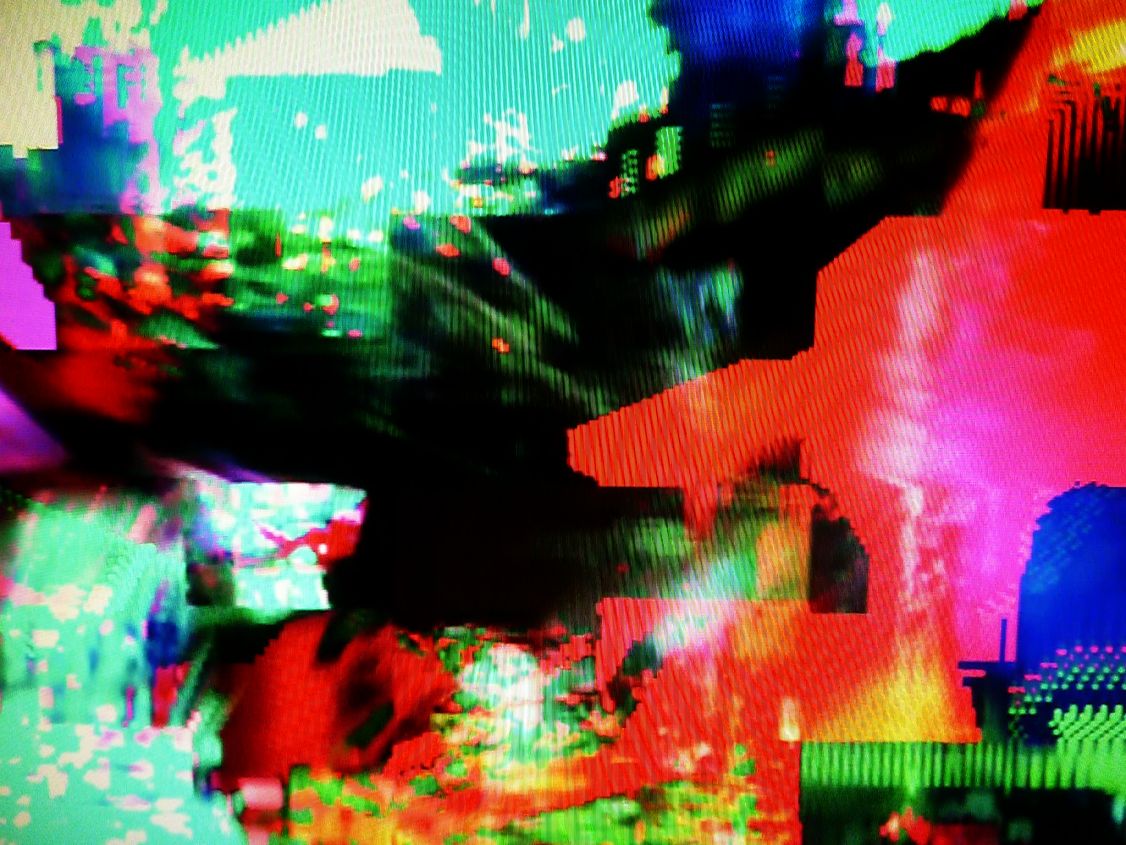Glitch Art:
In this lecture I was introduced to Glitch Art. I had seen this art form before, however, I never knew what it was called. The concept intrigued me, so I did more research and asked around. Basically Glitch Art is the process of corrupting a file so that it results in parts of the image become distorted. The result of this can look aesthetically pleasing and thus the term ‘glitch art was formed’. “Glitch is predicated on exploiting wrongness to catch the sublime”. Harnessing a ‘glitch’ or a ‘technological problem’ is not new concept and goes back to a time when Tumblr and the Internet didn’t exist. Creating art out of things going ‘wrong’ dates back to 1935 where Len Lye experimented with celluloid to create short films. He burnt, scratched and painted on celluloid to create short films that were nonsensical, playful, and psychedelic. In his 1935 short film ‘A colour Box’, we see this process in action. The film is made up entirely of colours with small sections of text and imagery, the film has often been compared to that of a ‘Kaleidoscope’.
From 1935 onwards, individuals have continued to warp different media forms to create art. In the present day of the internet age, manipulating a ‘glitch’ remains a popular form of art work most commonly expressed through a GIF. The GIF has been born out of the internet, allowing a DIY style of media/internet making to be born. GIF’s are the height of exploiting ‘flaws and mistakes’ in order to created interesting art work. Commonly found in the abyss that Tumblr seems to be, GIF’s have become ingrained in the way that we use and see the internet today. ‘Glitch art’ continues to exploit the ‘wrong’, ‘the mistakes’ and the ‘problems’, yet in an ironic way, ‘glitch art’ remains thought provoking and often beautiful. If there is one important idea that can be taken away from ‘glitch art’ it is that anything can be turned into art as along as the individual has the audacity to pursue and experiment with ideas.

